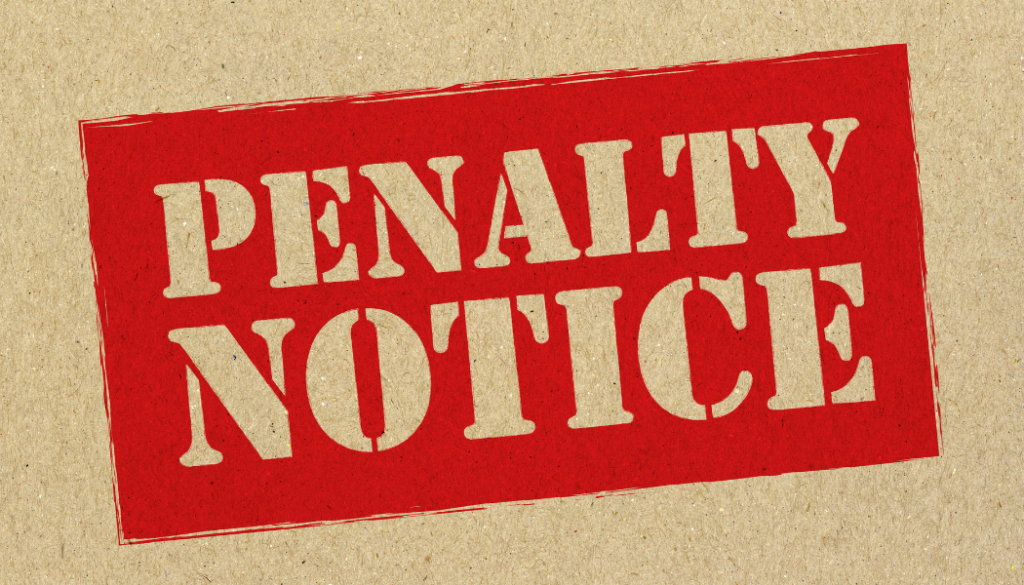It May Not Be Too Late to Reduce Your 2024 Taxes
If you’re preparing to file your 2024 federal income tax return and your tax bill is higher than you’d expected or your tax refund is smaller than you’d hoped, there might still be an opportunity to change it. If you qualify, you can make a deductible contribution to a traditional IRA until the filing date […]
It May Not Be Too Late to Reduce Your 2024 Taxes Read More »










